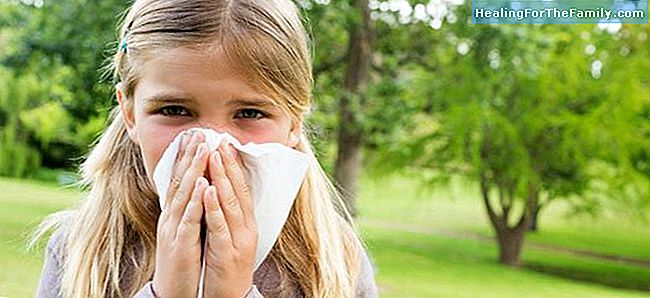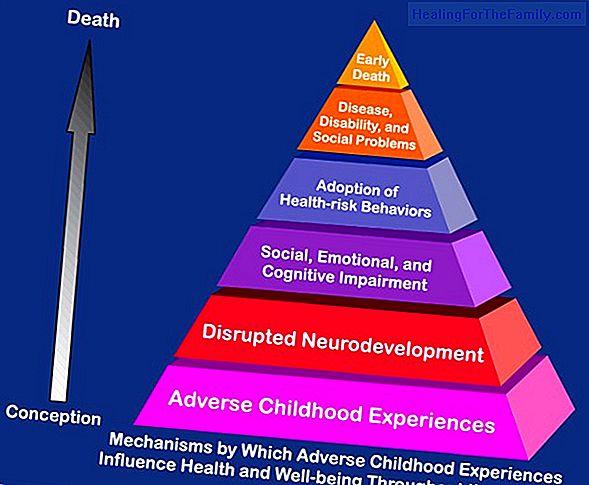What vegetation is and how it affects children
Vegetations or adenoiditis is a spongy tissue that is located behind the nose, at the back of the nostrils and in the upper part of the throat. Their job is to protect children from the bacteria or viruses they are exposed to by activating their defenses. Children between 3 and 6 years are more like
Vegetations or adenoiditis is a spongy tissue that is located behind the nose, at the back of the nostrils and in the upper part of the throat. Their job is to protect children from the bacteria or viruses they are exposed to by activating their defenses.
Children between 3 and 6 years are more likely to suffer from an exaggerated size of these tissues. This is due to the fact that, at school age, vegetations are continuously working to protect them from the foreign agents to which they are exposed for the first time. Although they can also be developed in excess from the womb. Then, as the child grows, the tissue shrinks, and tends to atrophy.
7 symptoms that children present with vegetations

When a child suffers from too large a size of the vegetations, it may present the following symptoms:
1. Increases nasal mucus and suffers from recurrent colds.
2. Not being able to breathe well through the nose because of the mucus tend to breathe only through the mouth.
3. This causes children suffering from vegetations to tend to snoring and coughing during sleep.
4. In some cases, the most severe, children may have pauses in breathing, which is called obstructive sleep apnea syndrome (OSAS).5. Children often have
swallowing difficulties . Al 6. When presenting all or any of these symptoms causes childrentend to be tired during the day
because during the night the quality of sleep decreases significantly. This often affects school failure. 7. When breathing through the mouth and having airways blocked, children suffering from vegetations often suffer from pharyngitis, sinusitis and otitis frequently. As recommended by pediatricians when the child has difficulty breathing or snoring at night we should go to the otolaryngologist to rule out that it is a case of vegetations.
Treatment of vegetations in children
The first treatment is
administration of antibiotics
to treat the infection, wash with saline solution and apply decongestants. If the symptoms do not remit and after an x-ray or visualization of the area with a camera to confirm the diagnosis, doctors recommend removing these glands en together with the tonsils in the operating room. In some cases and according to the professionals it is decided to cauterize the vegetations instead of removing them.
Cristina González Hernando. Editor of Guiainfantil.com












